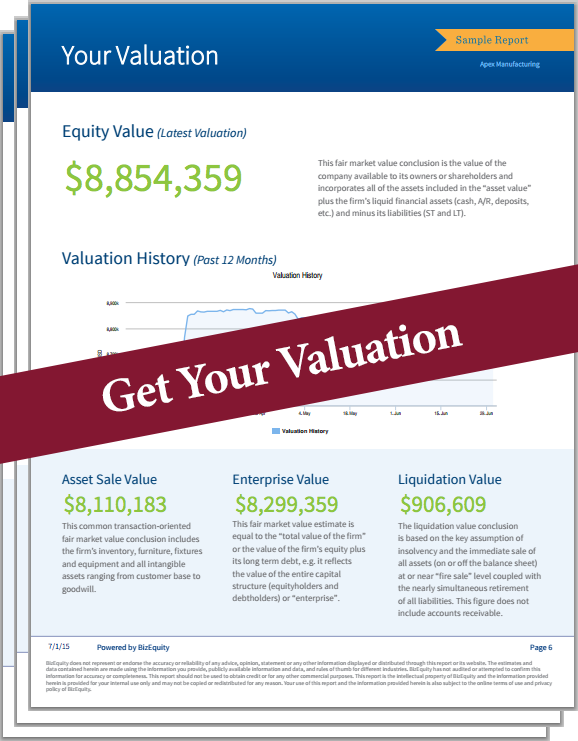- ERC Tax Return Amendment Rules Change - March 25, 2025
- Safe Financial Instruments Guide - December 4, 2024
- New Overtime Rule Increases the Salary Exemption Thresholds - November 19, 2024
The investment banking market is made up of two sides – the buy-side, and the sell-side, both of which are responsible for researching and assessing stocks and other investments.
The buy-side refers to advising institutions concerned with buying investment services. These buy-side entities most often include private equity funds, mutual funds, unit trusts, pension funds, insurance companies, hedge funds, and proprietary traders.
The sell-side part of the financial industry has to do with the creation, promotion, analysis, and sale of securities to the buy-side.The buy-side and the sell-side are dependent upon one another.
 Buy-side entities consist of money managers who work to create value for their customers by purchasing assets which they believe are undervalued. These money managers often use complicated and proprietary valuation methods to determine which investments are under-priced, and then provide recommendations to the managers of the fund that employs them. These recommendations are exclusively for the benefit of the fund, and are not made public knowledge.
Buy-side entities consist of money managers who work to create value for their customers by purchasing assets which they believe are undervalued. These money managers often use complicated and proprietary valuation methods to determine which investments are under-priced, and then provide recommendations to the managers of the fund that employs them. These recommendations are exclusively for the benefit of the fund, and are not made public knowledge.
Funds often employ buy-side analysts for their talent in valuing investments, and do not want that information available to competing funds. These analysts are evaluated based on the number of profitable recommendations they make.
Buy-side firms often buy large portions of securities, making their purchase when they believe they’ve found a security or investment that is priced below the true market value.
How is Buy-Side Different Than Sell-Side?
The sell-side makes up the other side of Wall Street, and functions in an opposite manner to the buy-side.
The sell side makes public pricing and valuation recommendations. It provides recommendations for upgrades, downgrades, valuations, and target prices and opinions to the public market.
Conversely, the buy-side is made up of money managers at hedge funds, insurance companies, institutional firms, pension funds, and mutual funds and functions more privately, keeping its strategy secret from public knowledge for the benefit of its customers. Although individual investors who purchase securities for their own profit technically fall into this group, the term ‘buy-side’ is reserved generally for professional money managers who buy and sell securities for the benefit of their clients.
Sell-side analysts work typically for a brokerage firm that manages individual investment accounts, and make investment recommendations to the firm’s clients and the general public. These analysts make broad recommendations that help clients decide whether to buy or sell certain investments. When a client makes the decision to buy or sell, the firm will earn a commission on the transaction.
In general, buy-side analysts offer more broad coverage of sectors – for example their research might cover the “industrials” or “technology” sector as a whole, while sell-side firms focus their evaluations on industries within those sectors (like the software or semiconductor industries).
Does Buy-Side or Sell-Side Matter to Small and Medium Sized Businesses (SMBs)?
Yes, indeed.
The economic factors which impact the value of businesses being acquired and sold on Wall Street apply to SMBs, especially those which migrate from startup to the middle market.
Those factors include the current cost of capital (interest rates), the level of M&A activity, and whether a given business’ industry is growing or shrinking.
 When Wall Street mergers, acquisitions, and capital investments are plentiful, the middle market benefits too. And when deals cease and capital is scarce, businesses of every size suffer.
When Wall Street mergers, acquisitions, and capital investments are plentiful, the middle market benefits too. And when deals cease and capital is scarce, businesses of every size suffer.
What You Need to Know as an Investor
Because sell-side recommendations are not specific to any one client of a firm, but rather are general opinions, they may not be ideal for certain investment strategies. And while there should technically be an information barrier or “wall” between the buy and sell-side, sometimes these barriers can become blurred, causing a conflict of interest.
For example, some investment banks issue sell-side research to the public while simultaneously trading their own funds for profit.
When considering a sell-side investment recommendation always be sure to keep an eye out for conflicts of interest and consider your own investment strategy before making a decision.














